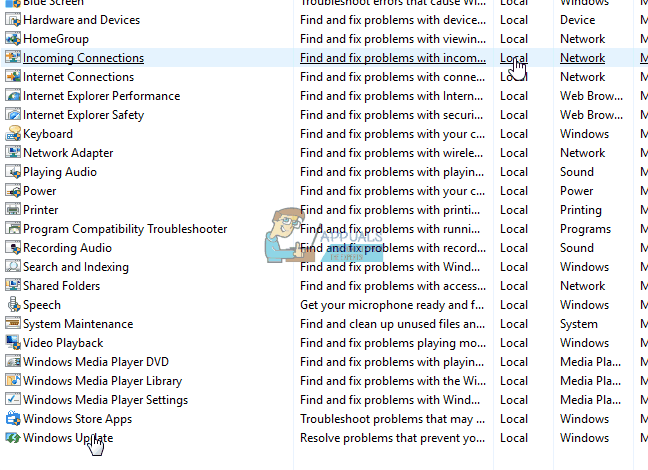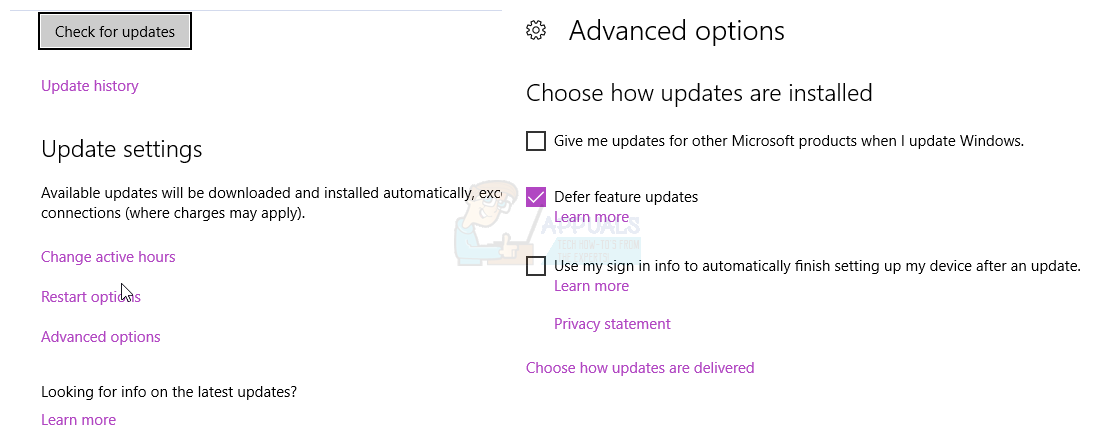What does 0x800705B4 Update error mean & How to fix it?
Error code 0x800705b4 occurs when Windows fails to install a system update. Decoding this error reveals that the error code falls within the system error code range, as indicated by the first four digits (0x800), while the last 4 digits (0x05B4) specify a particular error known as ERR_TIMEOUT. This error code can have two potential meanings, depending on whether it was encountered during the download or the installation of the update. If it’s received during the downloading of the update, it directly signifies “This operation returned because the timeout period expired.
However, if you are encountering this error during the update’s installation, it indicates that ‘The System Cannot Find the File Specified‘ (ERROR_FILE_NOT_FOUND). This means that the update file may have been altered or modified, rendering Windows unable to apply the update.

This will prevent you from installing updates on your device. Some of these updates might be critical for a number of reasons, such as security or bug fixes, making their installation important.
Fortunately, there are quite a few solutions that you can apply to solve this issue. Not all of them have been reported to work for everyone, and that is why there are so many of them. If one doesn’t work, feel free to move on and try the next one.
1. Manually download the update
If Windows Update fails to update your device, you can examine the update number of the failed install. You can then navigate to Microsoft’s Update Catalog and download the problematic update. Following that, simply open your Downloads folder and double-click the setup file for the update. Upon completion, ensure you reboot your device. This method is particularly useful with larger updates, such as the Anniversary Update.
2. Run the Windows Update troubleshooter
Windows’ built-in troubleshooters are tools that tend to be stubborn, and there are certain situations where they simply won’t fix your problem, no matter what you do. This, however, is not such a case, as running the troubleshooter has helped more than one person having this issue.
- Press the Windows key on your keyboard and type in troubleshoot, then press Enter to open the result.
- On the left side, click on View All.
- From the list that opens, choose Windows Update near the bottom. Click Advanced in the next window, and then Next.
- Click Advanced, and then Run as an Administrator.
- Make sure that the Apply repairs automatically box is checked and click Next
- Click Close to finish troubleshooting, or if you want to see more details about the issues that may have been found and fixed, click View detailed information.

3. Delete the SoftwareDistribution folder
Deleting this folder has become a method that solves many issues, due to the fact that it contains files that tend to get corrupted quite easily and subsequently wreak havoc on your device.
- Reboot your computer.
- Hold the Windows Key and Press X. Choose (Command Prompt) admin.
- Type the following commands one by one:-
net stop wuauserv net stop cryptSvc net stop bits net stop msiserver Ren C:\Windows\SoftwareDistribution SoftwareDistribution.old net start wuauserv net start cryptSvc net start bits net start msiserver
- Check to see if the issue persists
4. Disable updates for other Microsoft products
Updates for other Microsoft products may be preventing you from downloading critical Windows updates. To resolve this, you simply need to disable this feature temporarily. After you’ve downloaded the critical updates, you can then re-enable it.
- Press the Windows key on your keyboard, type in Check for updates and open the result.
- Under Update settings, click on Advanced options.
- Find the checkbox in front of Give me updates for other Microsoft products when I update Windows and make sure it is not checked.

- Reboot your device and try running the updates again. They should complete successfully, but keep in mind that you may need to run the update multiple times to get all the updates. You will know you’re good when you receive the message, ‘Your device is up to date‘.
- You can now go to the Advanced options again, and re-enable updates for other Microsoft products. You should be able to continue with the regular updates now as well.
5. Disable any third-party antivirus or firewall
Third-party antivirus or firewall software might be conflicting with the download of Windows Update, so you might want to disable them and see if you can download the updates now. Most of them can be disabled by right-clicking on their icon in the taskbar and choosing Disable.
6. Make sure that the Windows Defender Service is started
As the error is often related to Windows Defender, you should check if the service is even running. If it isn’t, you should start it, that might fix your issues.
- Hold the Windows Key and Press X. Choose (Command Prompt) admin.
- Type the following commands one by one:-
sc config "WinDefend" start= auto shutdown /r
- Restart your computer and try updating again.
Errors like this one were among the main reasons people tended to avoid the latest iteration of Microsoft’s Windows operating system. However, now, more than a year after its initial release, most of the problems have been resolved, or there are solutions available such as the ones previously mentioned. If you are encountering this problem, try them to rectify your issue.
 Reviewed by
Reviewed by